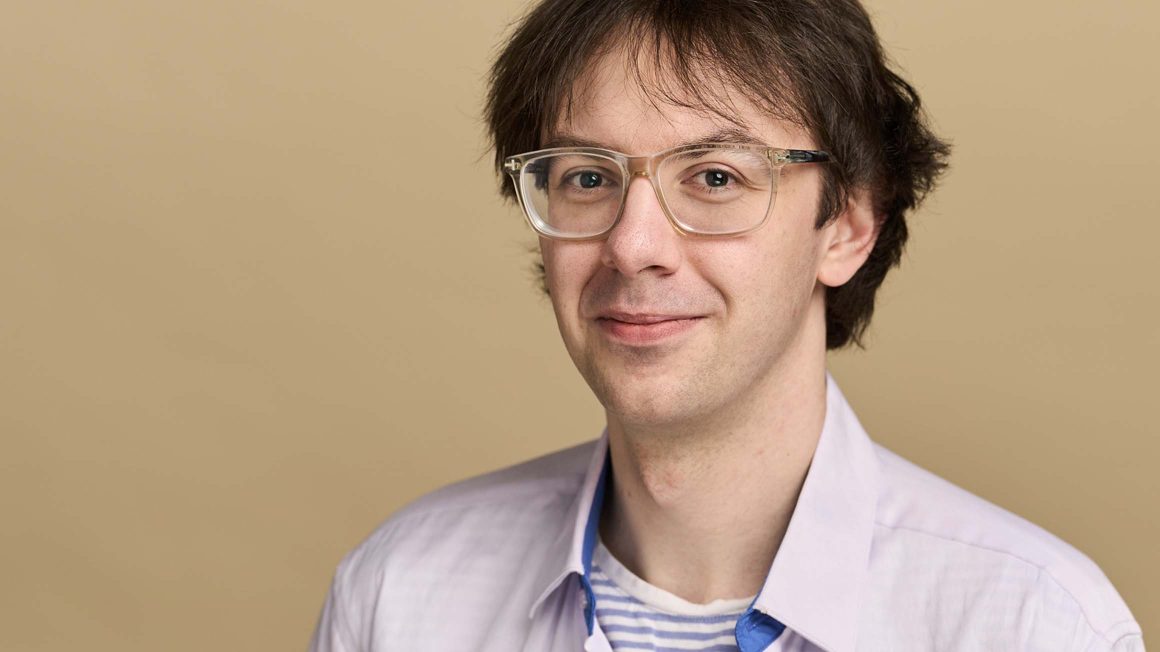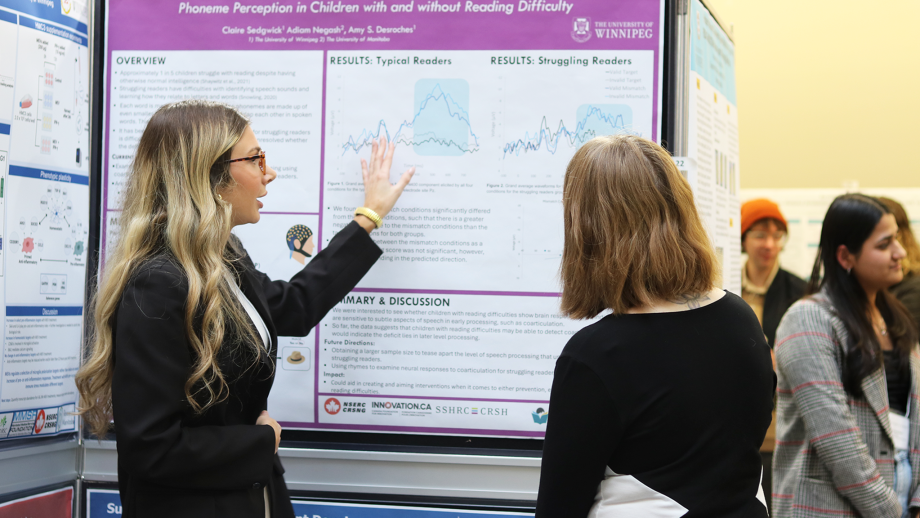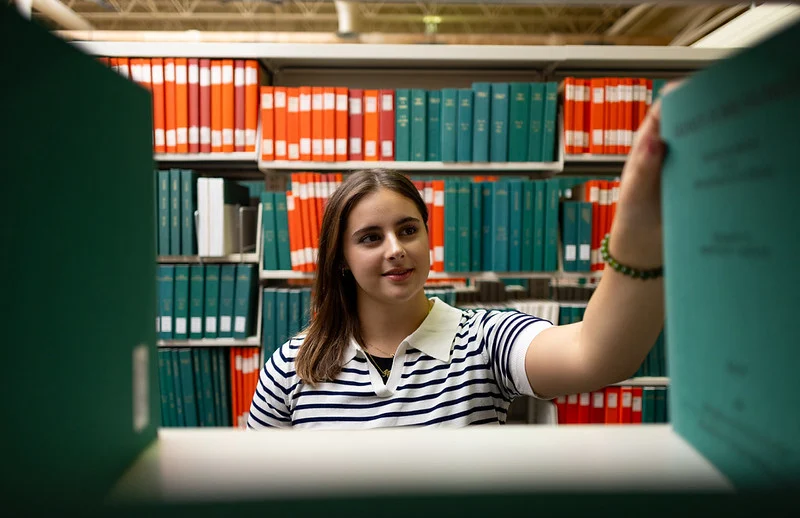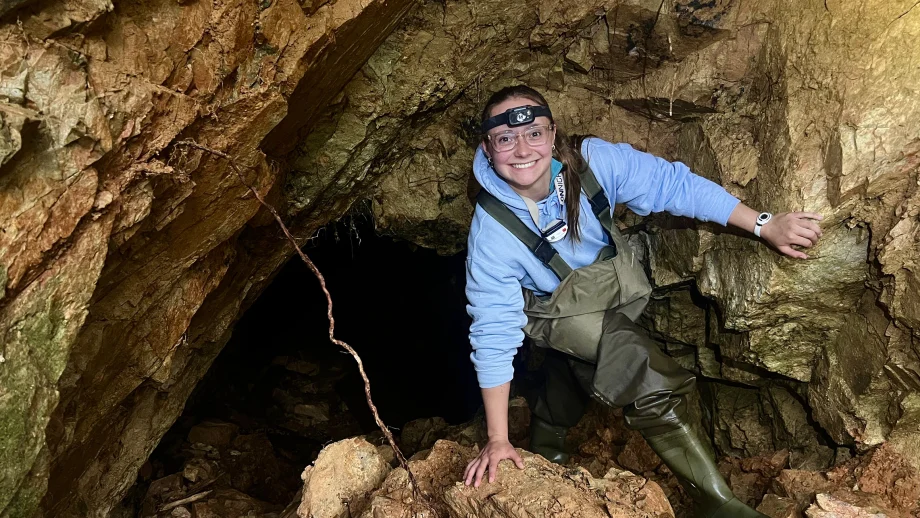The classic fictional detective is known for using clues to uncover the past. A pattern in dust could suggest a missing object, or a trail of broken branches could reveal an escape route through the trees.
Although we do not solve crimes daily, adults intuitively use clues from the present to guess the past all the time. An example is when you see a stack of magazines at the dentist’s office, you know that the magazine on top is either the most recent addition, or the one most recently read.
We explored whether they could reason about the history of a static collection or array of items, like a stack of books, or layers of scooped ice-cream.
Dr. Brandon W. Goulding
University of Winnipeg’s Dr. Brandon W. Goulding, who studies developmental psychology, wants to discover whether young children can also uncover the past by using clues in the present.
Dr. Goulding and two of his colleagues, Dr. Ori Friedman, and Emily Elizabeth Stonehouse at the University of Waterloo, took a novel approach to seek the answers and published their findings in the journal Psychonomic Bulletin & Review.
Although children’s ability to think about the past has been previously studied, Dr. Goulding and colleagues tried a new method to better capture whether three- to six-year-olds can reason about the order of past events.
“We explored whether they could reason about the history of a static collection or array of items, like a stack of books, or layers of scooped ice-cream,” said Dr. Goulding.
He explains how adults use spatial arrays to reason about the past all the time, without even thinking about it.
“For example, when we see a line at the grocery store, we know who will be served first and who will be served last,” said Dr. Goulding. “We can also do this with a stack of books: the book at the bottom of the stack was placed first, and the book on the top was placed last.”
However, nobody has explored whether young children can also figure out the order of things in time by looking at how items are arranged. Using three experiments, they evaluated whether three- to six-year-olds could reason about the order of different arrays, as in which item was added to the array first or last.
For children, this task in not intuitive as it is for adults. In one experiment, the authors used photos, like an ice-cream cone with three scoops layered on top of each other on the cone, or a stack of five colored blocks. In a follow-up experiment, they used simpler clip-art drawings of balls in tubes.
From age five children could figure out what happened in the past—just like adults. But Goulding points out that younger children often struggled with this kind of reasoning. “Even when we tried making the task very simple, three- and four-year-olds could not figure out which objects were placed first or last,” said Goulding.
The team’s findings showed that by age five, children act like little detectives, uncovering the past by using clues in the present. But for younger children, the past might remain a mystery.





